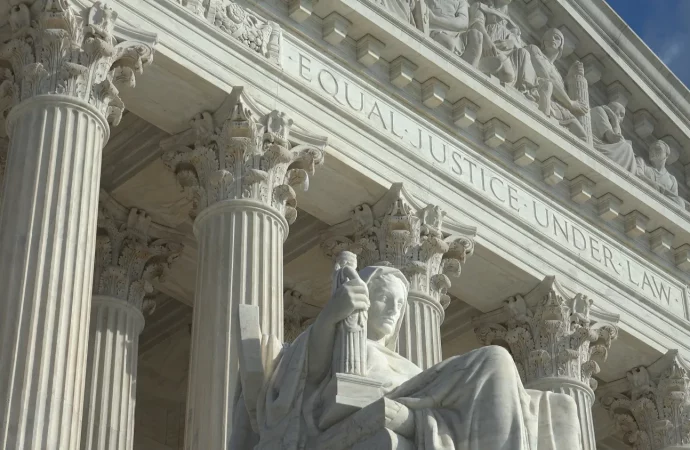Introduction: The recent decision by the Supreme Court not to hear a challenge to the admissions policy. And Thomas Jefferson High School for Science and Technology in Virginia has sparked to renewed debate over diversity in education. This pivotal ruling reflects broader legal discussions and societal concerns surrounding admissions policies in educational institutions across the
Introduction:
The recent decision by the Supreme Court not to hear a challenge to the admissions policy. And Thomas Jefferson High School for Science and Technology in Virginia has sparked to renewed debate over diversity in education. This pivotal ruling reflects broader legal discussions and societal concerns surrounding admissions policies in educational institutions across the country.
Background: The Admissions Policy at Thomas Jefferson High School
Thomas Jefferson High School is renowned for its rigorous academic program and selective admissions process. However, controversy arose when the school implemented changes aimed at promoting diversity. These changes are included replacing the admissions exam with an essay and giving weight to factors. And such as socioeconomic status and English language proficiency.
Legal Context: Supreme Court’s Role in Admissions Policy
The Supreme Court plays a crucial role in shaping the landscape of educational diversity through its rulings on admissions policies. Previous decisions have addressed the constitutionality of race-conscious admissions practices, setting precedents that influence how institutions approach diversity initiatives.
Challenging the Status Quo: Arguments Against the Admissions Policy

Image by:/northernvirginiamag.com
A coalition of students and parents challenged Thomas Jefferson High School’s admissions policy, alleging. That it unfairly discriminated against Asian American applicants. The debate centered on whether the police’s emphasis on socioeconomic factors effectively promoted diversity or perpetuated racial disparities.
Justice Alito’s Dissent: Critique of Race- Admissions Policy
Justice Alito voiced dissent against the Court’s decision, arguing that ostensibly race-neutral policies may still result in discriminatory outcomes. He cautioned against overlooking the potential for unintentional bias and emphasized the importance of equal treatment under the law.
Implications for Admissions Policy:
The Supreme Court’s decision not to hear the appeal has significant implications for educational institutions nationwide. Schools and universities must navigate the complexities of promoting diversity while ensuring fairness and equal opportunity for all applicants.
Alternative Approaches to Diversity: Exploring Socioeconomic Factors
In response to legal challenges and societal expectations, educational institutions are exploring alternative approaches to achieving diversity. Emphasizing factors such as socioeconomic status, geographic location, and individual experiences offers a potential path forward.
The Societal Impact: Addressing Underrepresentation and Racial Disparities
The ongoing debate over admissions policies reflects broader societal concerns about underrepresentation and racial disparities in education. While promoting diversity is a noble goal, it must be pursued in a manner that addresses systemic inequalities and fosters inclusivity.
Moving Forward: Balancing Equality and Diversity in Education
As educational institutions grapple with the implications of the Supreme Court’s decision, they must strive to strike a balance between promoting equality and fostering diversity. This requires thoughtful consideration of admissions practices and a commitment to creating inclusive learning environments for all students.




















